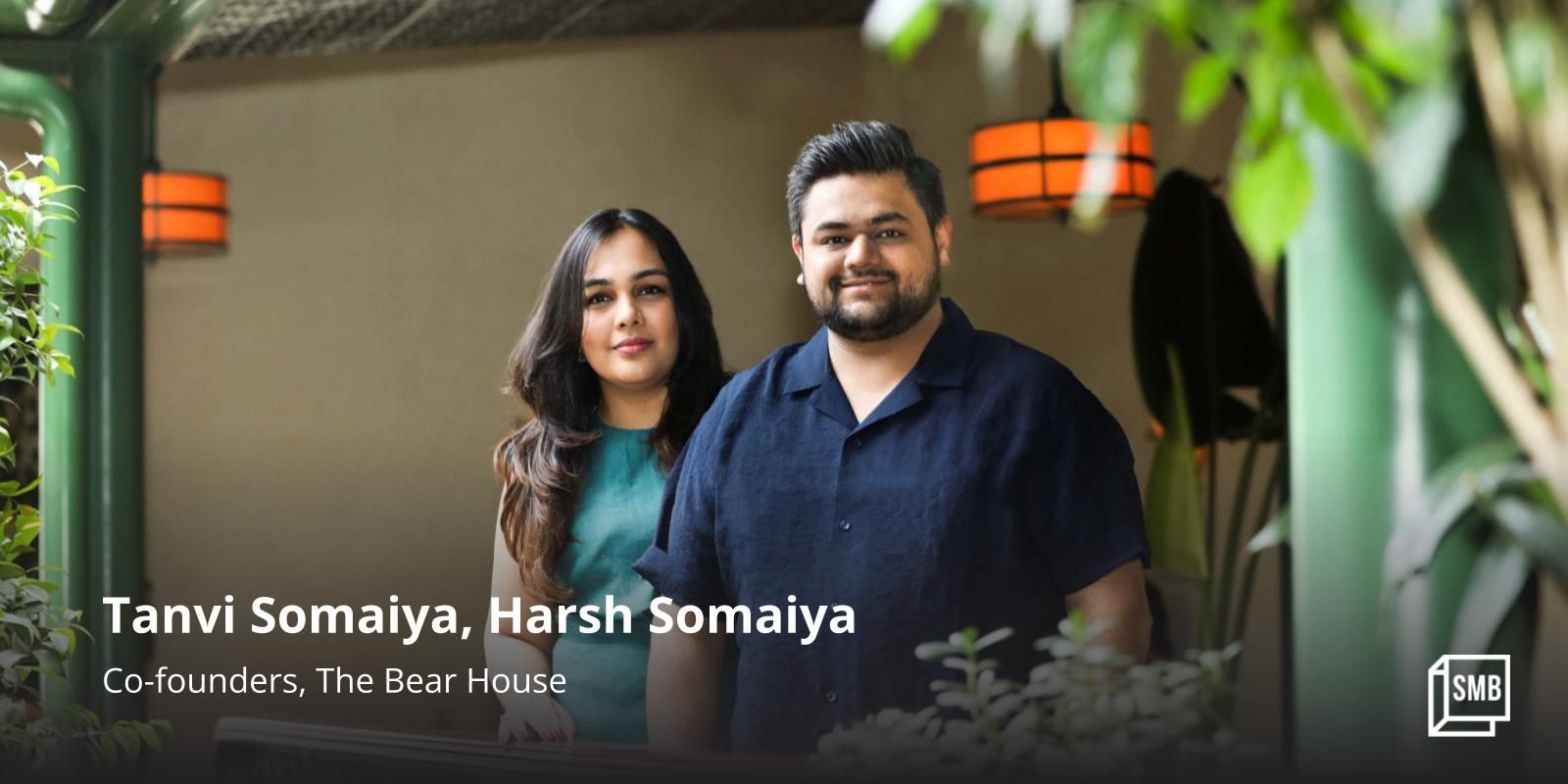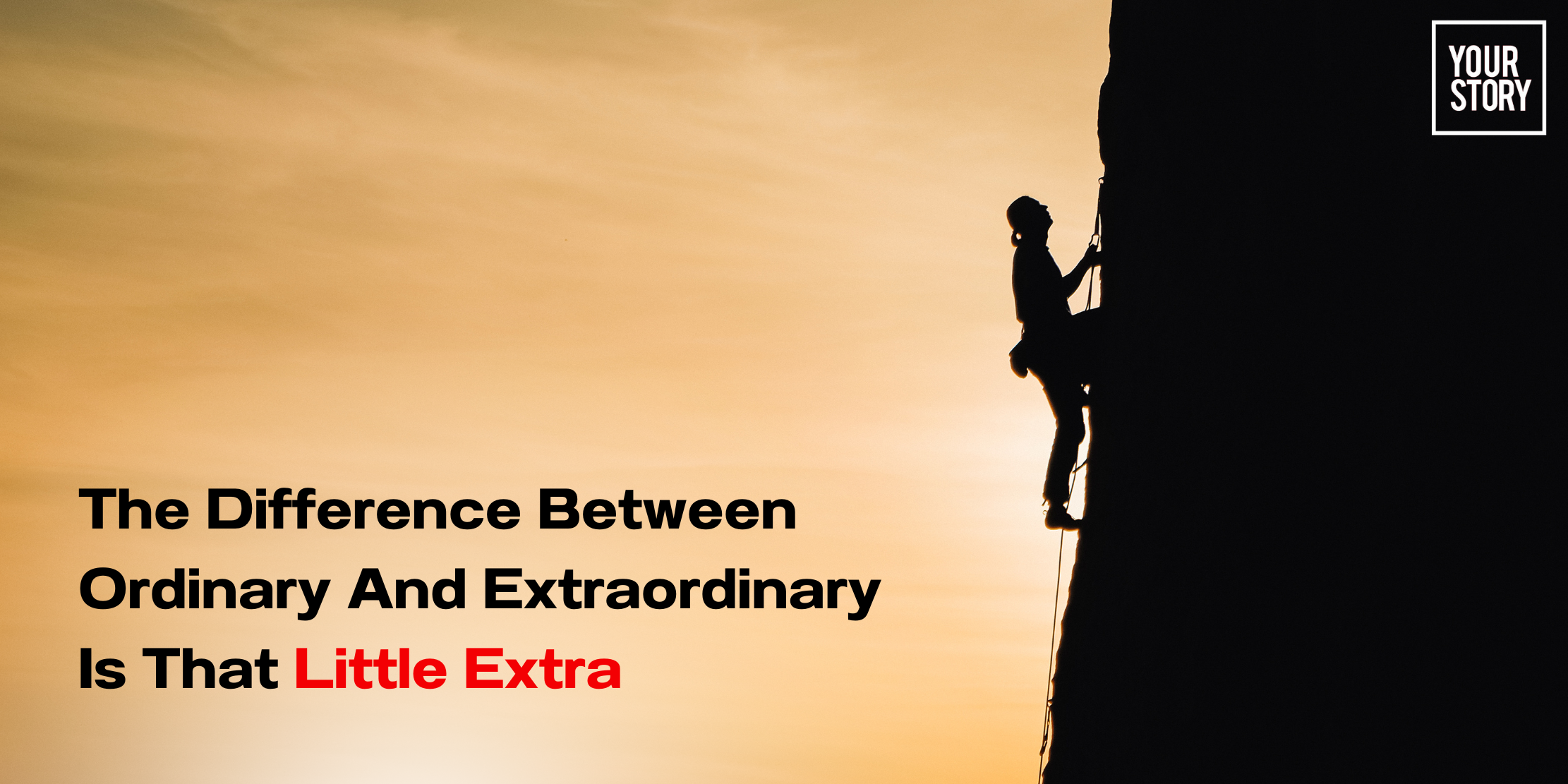With 8,000 SKUs, fashion brand The Bear House wants to grow one category at a time
With shirts constituting 80% of its sales, The Bear House now plans to introduce 700 to 800 styles of polo t-shirts. It plans to launch four offline stores by 2025.
In India’s competitive fashion market, The Bear House—a bootstrapped Bengaluru-based men’s fashion brand—appears to be making notable strides.
Amid intense competition, with numerous brands vying for consumer attention and market share, The Bear House boasts sales of 1.5 lakh shirts monthly. Known for its distinctive European flair, the company also introduces 100-115 new styles every month.
"We've currently accomplished just 20% of our envisioned objectives. Our goal is to excel in each product category before venturing into the next one," says Co-founder Harsh Somaniya.
According to a report by IMARC, the Indian textile and apparel market size reached $172.3 billion in 2022, expected to reach $387.3 billion by 2028 at a CAGR of 14.59% during 2023-2028. Meanwhile, the Indian menswear market is projected to grow at a CAGR of 8.6% during 2023-2028.
The Bear House boasts an extensive portfolio of 1,210 styles and 8,000 SKUs spanning categories, including shirts, t-shirts, bottoms, and loungewear. The brand’s core business revolves around shirts—constituting 80% of its sales—and offers a diverse range of 840 different styles.
Over the past three years, the company recorded a revenue growth of about 180%. It closed FY23 with a revenue of Rs 58 crore, while it clocked Rs 18 crore in FY22.
At present, The Bear House wants to venture into offline retail by launching four stores by 2025. It will open its first store in Bengaluru in June 2024.
How it started
The origins of The Bear House can be traced back to Harsh's college days and his strong interest in the fashion industry. After completing business management, he worked at his uncle's fashion mill for a year and in a factory to understand operations and machinery.
“I also spent a few months in Japan to understand how machines are made and how to decide which machine is suitable for a given fabric,” he adds.
In 2014, armed with his newfound knowledge, he established a shirt manufacturing unit in Bengaluru. It functioned as a manufacturing plant and export house for international brands like Zara, Mango, Fcuk, and Marks & Spencer and produced 1.3 to 1.5 lakh shirts per month.
Two years later, Tanvi, Harsh’s wife— a fashion graduate from NIFT—joined the manufacturing business. Soon, the company also expanded into product designing, and the designs garnered a lot of attention.

The Bear House's cardigan
“This sparked an idea to start our brand and build our customer base rather than catering to customers of other brands. Hence, we launched The Bear House in 2018,” says Harsh.
Meanwhile, the manufacturing business involved high operational costs, and it was becoming difficult for the company to handle the rising order volume. A year later, the duo decided to work with third-party manufacturers to reduce fixed costs and overhead expenses, significantly boosting margins.
Differentiating factors
The Bear House’s USP lies in its simple product designs coupled with innovative fabric and weaving patterns. The brand explores various weaves, including Oxford, Twill, Basket, Leno, and Mock Leno, among others.
“We keep experimenting with the material. We have launched exclusive lines of shirts with materials like Egyptian Giza cotton and fine cotton from Turkish mills,” says Tanvi.
The brand sells mostly through ecommerce platforms like Myntra and Ajio, while it receives 20% of its sales from its website. The average price point ranges from Rs 1,600 to Rs 1,700.
The fashion brand offers a semi-formal style of dressing—shirts and apparel suitable for office wear and social events. “They can roll up their sleeves and head to a party after work. That is the design philosophy,” Harsh adds.
Explaining the manufacturing process, Harsh says the in-house quality and research team works on fabric structure and weaving techniques. The design process begins with the identification and forecasting of market trends, encompassing aspects like colours, styles, and silhouettes.
“Tanvi and the design team collaborate to establish a colour palette and share it with partner mills who provide a range of fabric options. The materials are sourced from mills such as Vardhamaan, Arvind, and NSL Textiles,” he says.
Thus, The Bear House functions as the principal manufacturer and works with more than 20 factories in India. It also collaborates with two mills in China and one in Turkey.
According to the co-founders, The Bear House has successfully tapped into flannel shirts—contributing 40% of sales—as it competes with Zara and H&M in this niche category.

Hawaiian shirt
“Our aim has always been to stand out, and that’s why we ventured into flannels and shackets. We plan to introduce products that are not readily available in India by Indian brands,” says Tanvi.
Other shirt categories include double cuffs, Hawaiian prints, resort wear, office wear, and clean shirts, among others. Besides, it offers oversized fits, shackets, bomber jackets, denim-washed apparel, zipper jackets, etc.
“The disruptions caused by the COVID-19 pandemic led to a realisation that shirts weren’t the only way forward. Consequently, we expanded into boxers, loungewear, bottoms, and so on,” says Harsh.
Future plans
After establishing a strong presence in the shirt segment, the brand plans to introduce 700 to 800 designs in the polo t-shirts category.
It is also foraying into accessories, including belts, shoes, and socks, scheduled to be launched before Diwali this year. It has big plans to enter the winter wear category as well.
In terms of offline retail expansion, the co-founders are initially targeting metropolitan cities such as Bengaluru, Mumbai, Delhi, and Hyderabad.
As a first step, the company wants to launch company-owned stores, with plans to explore a franchise model in the future. The ultimate objective is to reach a total of 100 stores by 2026.
Edited by Suman Singh










